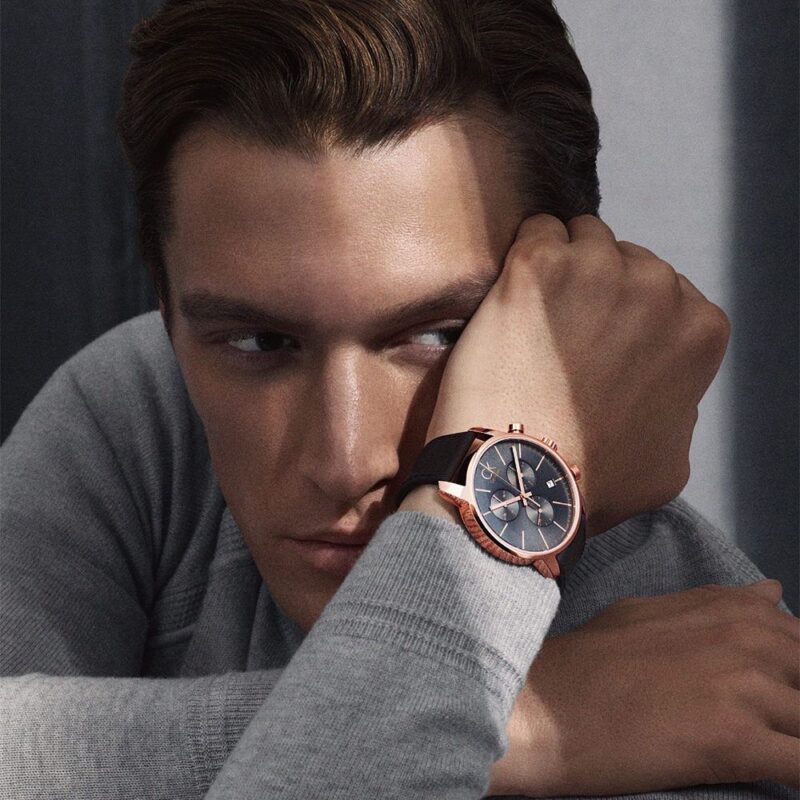When it comes to personal style, few accessories are as impactful as a watch. The right timepiece not only serves its functional purpose of telling time but also acts as an extension of your personality. Understanding dress codes for watches is essential for making sure your wristwear enhances your overall look rather than detracts from it.
Whether you’re attending a formal event, heading to the office, or enjoying a casual outing with friends, knowing what to wear and when can significantly elevate your appearance.
This watch fashion guide aims to outline essential watch attire guidelines, helping you choose a suitable watch for every occasion.
Types of Watches and Their Suitability
Understanding the various types of watches available is crucial in selecting the right timepiece for your wardrobe. This section explores the distinction between analog and digital watches, as well as the main categories of men’s watches that cater to different events and styles.
Analog vs. Digital Watches
Analog watches are known for their traditional designs featuring hour and minute hands. These timepieces are typically considered formal and versatile, allowing you to transition smoothly from casual settings to more formal occasions. The timeless appeal of analog watches makes them suitable for a range of watch attire guidelines.
Main Categories of Men’s Watches

When selecting a watch, it is essential to familiarize yourself with the main categories of men’s watches. Each category serves specific functions and occasions, making it easier for you to choose the right one.
| Watch Category | Description | Suitability |
| Dress Watches | Elegant and simple designs, with minimal complications. | Best paired with formal attire. |
| Dive Watches | Crafted for underwater use, durable and often bulkier. | Not suitable for formal events. |
| Racing Watches | Sporty aesthetics include chronograph functions. | Good for casual settings, risky for formal wear. |
| Pilot Watches | Larger in size, designed for aviation purposes. | Less suited for formal occasions. |
| Field Watches | Rugged and versatile, perfect for outdoor activities. | Ideal for casual wear. |
Ultimately, your choice among these types of watches depends on the scenario and your style. Having a clear understanding of the watch categories enables you to match your timepiece with the appropriate attire for any event.
Understanding Dress Codes for Watches – What to Wear and When
Choosing the right watch for different occasions can greatly enhance your overall appearance. Understanding the nuances of watch formalities helps you align your wristwear with varying levels of event formality. The following sections will explore proper watch etiquette when attending formal events and how to dress your wrist for business and sharp casual settings.
Matching Your Watch to Formal Events
Formal events watch guidelines generally suggest a minimalist approach when selecting your wristwatch. Traditional norms discouraged wearing watches during black tie or white tie occasions. Currently, opting for a simple dress watch, featuring minimal embellishments, has become widely accepted.
Business Dress and Sharp Casual Attire

When considering business watch attire, classic watches crafted from gold or silver with slim profiles are most appropriate. In more relaxed environments, sharp casual wear allows for some flexibility in watch choice.
While less formal options, such as a dive watch paired with a leather strap, can be embraced, the overall appearance must maintain professionalism and polish. In sharp casual situations, embracing watches with larger faces and additional complications can elevate your outfit, while still ensuring a balanced and sophisticated look.
Wristwatch Dressing Etiquette and Style Tips
Understanding wristwatch dressing etiquette can enhance your overall appearance and make a lasting impression. A well-chosen watch paired with the right strap can elevate your outfit. Pay attention to watch strap styles as they play a significant role in how you present yourself.
How to Pair Watch Straps with Outfits
Pairing watch straps effectively begins with material and color. Consider these tips for successful pairing:
- Leather straps offer a formal look; black is more versatile than brown.
- Avoid rugged straps with formal outfits; instead, reserve them for casual wear.
- Consistency in tone is crucial; a brown strap should accompany brown shoes for an elegant ensemble.
These wristwatch style tips emphasize the importance of visual harmony. By selecting the right watch strap, you highlight your understanding of watch etiquette while showcasing your fashion sense.
The Importance of Accessories Coordination

Coordination is essential for a polished look as it is said by https://webenezer.net.
Here’s how to ensure your wristwatch syncs with other elements:
- Match watch metals to your other accessories, such as cufflinks and rings.
- Consider color coordination; your watch should complement your belt and shoes.
- Use bold colors or patterns thoughtfully; they should align with your overall outfit style without overwhelming it.
| Accessory | Best Material/Color Pairing | Style Tip |
| Watch | Silver with silver, black leather for versatility | Always align metals for a cohesive look |
| Belt | Brown leather with brown shoes | Ensure shade consistency in your ensemble |
| Cufflinks | Gold with gold, silver with silver | Match the tone of your watch for elegance |
Conclusion
In the realm of watch selection, understanding the dress codes is crucial for making a lasting impression. This watch style summary highlights the importance of aligning your timepiece with the occasion, ensuring that your wristwatch complements rather than detracts from your overall attire.
Whether you’re attending a black-tie event or a casual gathering, selecting the right watch can elevate your look and showcase your personal style.

